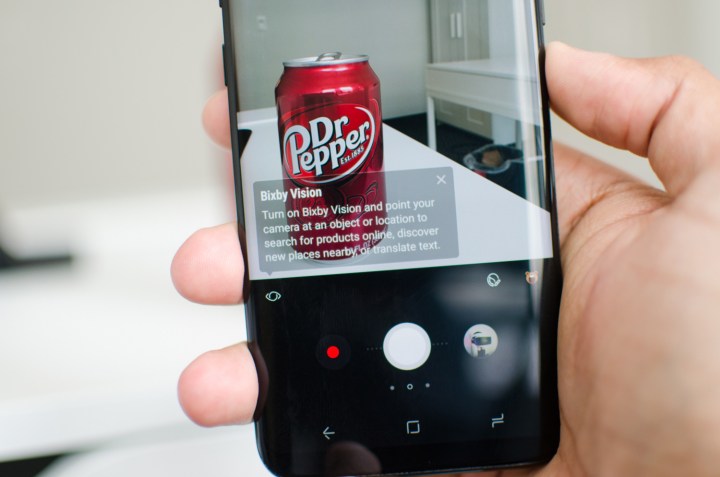
Samsung’s new display, which measures 9.1 inches diagonally and uses organic light-emitting diode technology to display images, can be flexed, bent, rolled up, and dented up to 12 millimeters without losing its original shape. Samsung sees it being used in wearable displays, Internet of Things products, and car infotainment dashboards.
“While current flexible OLED is able to be transformed in only one side, this stretchable OLED can be transformed — whether curved, bent, or rolled — in both sides, above and below,” a Samsung Display spokesperson said in a statement.
It could be bound for a future phone, too. In April, ET News and the Investor reported that Samsung produced a limited number of Project Valley, a prototypical dual-screen phone with a pair of flexible 5-inch, nearly bezel-less OLED screens joined together by a hinge. Samsung plans to make between 2,000 and 3,000 units in the first half of 2017, ahead of a pilot test with “tens of thousands” of prototypes during the second year.
In addition, Samsung’s reportedly developing a smartphone with a “wraparound” screen that reaches all four edges of the handset’s sides. But the company’s run into problems with its lamination process — wrapping the screen on all four sides of the phone creates a “blind side” on each corner that will not respond to touch.
Meanwhile, the competition isn’t lying in wait.
The Xiaomi Mi Mix 2, the successor to last year’s Mi Mix, boasts a 93 percent screen-to-body ratio and both ZTE’s Nubia Z11 and Oppo’s R9s both have screen-to-body ratios above 74 percent. At an event in June 2016, Lenovo showed off a concept phone that uses a flexible phone that folds into a wristwatch. At the Consumer Electronics Show in January, LG Display showed off a prototype 18-inch screen that rolls up like a sheet of paper.
Flexible and curved screens are a burgeoning business. Analysts at London-based research firm IHS estimate that flexible display sales will hit $15.7 billion in 2020, up from $5.3 billion in 2017.
Samsung is showing its flexible display alongside a 5.09-inch, 3D panel that displays three-dimensional objects without the need for glasses (like Nintendo’s 3DS), and a 1.96-inch UHD (3.840 x 1,260 pixels) display intended for augmented reality, virtual reality, and hologram applications.


